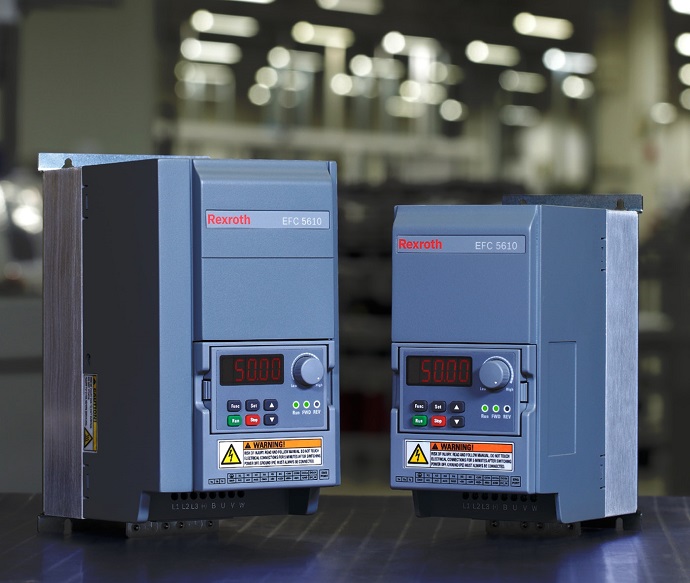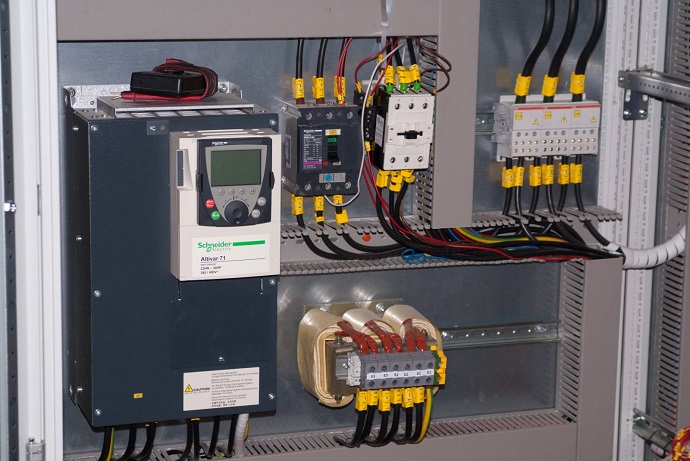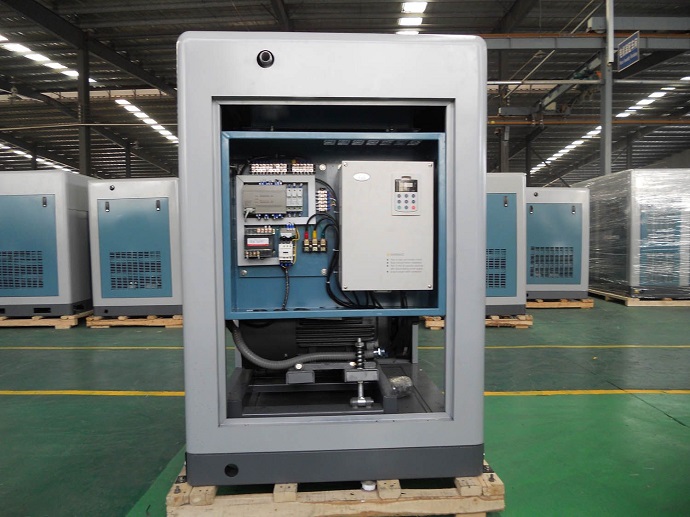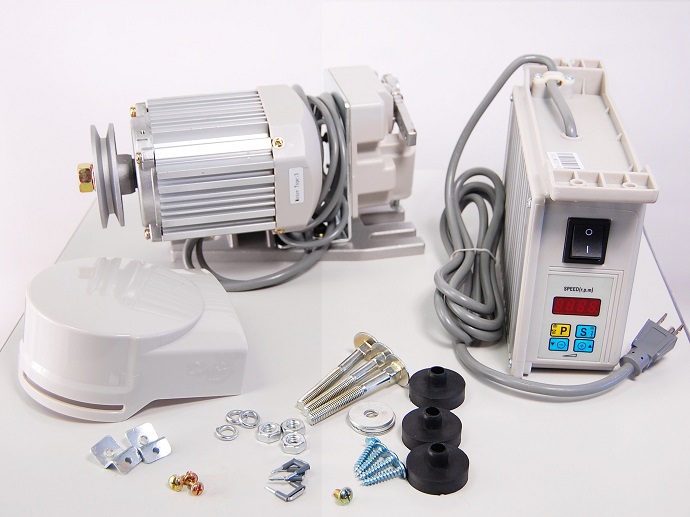
Industrial control applications have come a long way in the last century. This is mainly due to the rapid advancement in automation, and motors, in particular. A lot of people wonder what the difference between servo and frequency inverters is.
By definition, inverters are power control devices that shift the power frequency source from one frequency to another by utilising the on/off function of the semiconductor. It can realise functions of a soft start, improve running accuracy, regulate variable frequency speed and change the power factor of AC motors. Frequency inverters drive the variable frequency motor and the AC motor, acting as a regulator of its speed. Servo inverters, on the other hand, are automatic control systems that provide a controlled output of an object to follow the arbitrary change of an input target. Their main job is to heighten, transform and control the power based on the requirements of the control command, so that the position control, speed and torque of the device is convenient and flexible.
Servo systems are categorised as hydraulic, pneumatic and electromechanical systems based on the type of drive components used in their manufacturing. The most basic system includes actuators, feedback components and servo drives. If you want the servo system to operate smoothly, you need a PLC, higher-level mechanism, industrial computer, special motion control card and PCI card to send instructions to the servo. The inverter controls the speed, and the servo controls the position.
Even though synchronous AC servo motors are more complicated than induction motors, they’re still simpler than DC motors. Its stator is equipped with a three-phase winding that’s symmetrical. The rotors are different based on the structure, and they’re classified as electromagnetic and non-electromagnetic. Non-electromagnetic rotors are divided into permanent magnets, magnetic hysteresis and reactive. The hysteresis and reactive motors aren’t very efficient, have a small manufacturing capacity and poor power factor. Permanent magnet motors are used in CNC machines.
Compared to electromagnetic rotors, permanent magnet motors are simple in structure, provide high efficiency and reliable operation. On the downside, the volume is large and its starting characteristics are subpar. However, permanent magnet synchronous motors adopt high residual magnetisation and coercivity rare earth magnets that can be half the size of DC electric motors. As a result, they’re also much lighter and the rotor inertia is a fifth of the DC motor.
When compared to asynchronous motors, permanent magnet synchronous motors use high-magnet excitation to reduce excitation loss and stray loss, making them more efficient. Further, since there’s no collector ring and brush for the motor, the mechanical reliability is the same as that of an induction motor. However, the power factor is much higher, and the volume ratio of permanent magnet motors is asynchronous. Additionally, the motor itself is smaller, simply because at low speeds it has a higher apparent power due to the power factor being low and the output of the same active power being much higher.
The key differences between frequency converters and servo inverters are the varying overload capabilities, control precision, applications, dynamic characteristicsand power range.
Overload Capabilities

Servo drives usually have 3 times the overload capacity of frequency inverters. This overload capacity can be used to overcome the inertia moment of the load when starting. Frequency converters usually allow for 1.5 times overload only.
Control Precision
The accuracy system of servo drives is higher than the accuracy of frequency inverters. Generally, the control precision of servo motors is guaranteed by the encoder found at the back end of the motor shaft. Some of the most commonly used encoders are absolute value photoelectric and incremental photoelectric encoders.
Applications

As briefly aforementioned, servo and frequency inverters provide two completely different types of control. Frequency inverters are used in the field of transmission control, whereas servos are used in the field of motion control. One of them looks to meet the requirements of general industrial applications where the requirements aren’t high and the goal is reduced costs, while the other looks to meet the requirements of applications where precision, performance and response are paramount.
Power Range
Servos are usually used in applications that require precision and high dynamic response, where the loads are relatively light and the output power is in the range of tens of kilowatts. Frequency drive systems, on the other hand, are much smaller and the heavy-duty operation control applications don’t have excessive response characteristics.
Dynamic Characteristics

Since servo motors need to cope with higher control precision and respond to smaller errors faster, the time period of response adjustment needs to be shorter, generally in microseconds or milliseconds. This is extremely important in automation applications, which is why many servo motors feature a speed response bandwidth that can reach kHz levels. On the other hand, frequency inverter products have a frequency response bandwidth in the hundreds of Hz.


















